Konopleva E.S., Kondakov A.V., Tomilova A.A., Vikhrev I.V., Lyubas A.A., Bolotov I.N.
es.konopleva@gmail.com
The Depressed River Mussel Pseudanodonta complanata (Rossmässler, 1835) represents an Anodontini taxon (Bivalvia: Unionidae), being considered one of the most rare European unionid species, especially in Central and Eastern Europe. In Russia, P. complanata ranges throughout freshwater bodies of the Baltic, Azov, Caspian, and Black Sea drainages and prefers lotic environments such as rivers and streams. Nowadays P. complanata as most other taxa of the Russian fauna represents a common species with broad distribution considered as Least Concern (LC). At the same time, IUCN Red List describes P. complanata as a ‘vulnerable’ species, which requires conservation efforts and monitoring globally.
Specimens of P. complanata were collected from the Don and Volga river basins as well as from waterbodies of the Baltic Sea drainage in European Russia. We generated 13 new sequences of the COI gene, while 11 additional COI sequences were obtained from GenBank. To evaluate the phylogeographic patterns, we used a median joining network approach. Our sequence set shares ten unique haplotypes, including six unique haplotypes from Russia. Among them, there is one common haplotype, which is also typical for several European countries (Poland, Ukraine, France, and Sweden). Two unique COI haplotypes were found in different parts of the Volga Basin. Three haplotypes from River Khopyor in Russia and River Siversky Donets in Ukraine (Don Basin) belong to a divergent lineage (mean uncorrected COI p-distance = 2.2±0.5%). Recently, a separate mitochondrial lineage from the Azov Sea drainage was also discovered for Duck River Mussel Anodonta anatina. These results support the hypothesis on the existence of a Plio-Pleistocene refugium in the Azov Sea drainage. Our study highlights that freshwater mussel fauna in this drainage should be considered of high conservation priority due to high genetic diversity and the presence of unique phylogenetic lineages (e.g., P. complanata and A. anatina).
Acknowledgments: This work was supported by the Russian Science Foundation (project No. 21-74-10130).

Dear Ekaterina,
one question: do you recognize the Pseudanodonta morphs from the Don basin as distinct (in shell form) from other origins or is there no clear pattern of shell form and drainage basin? In central and Western Europe (France) it seems that you can recognize (at least in “typical” cases) the origin of Pseudanodonta by its shell form.
Greetings and best wishes to you and all of the team!
Karlo